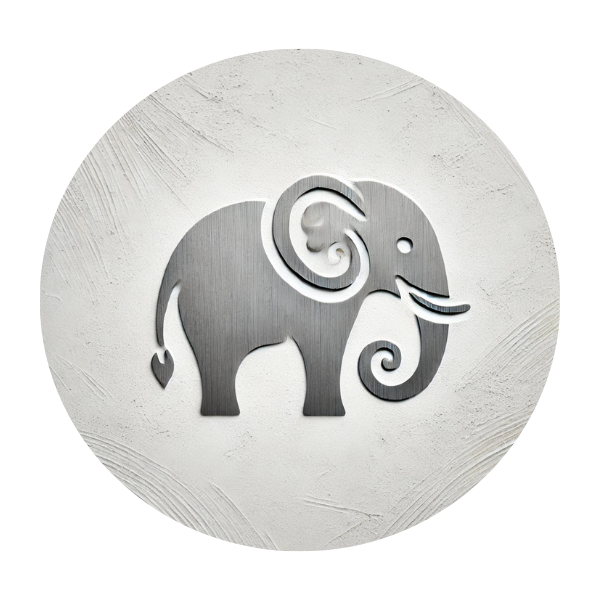LOVE
I give and receive love openly, creating harmony and warmth in all my relationships
WHAT IS LOVE?
A complex set of emotions, behaviors, and beliefs associated with strong feelings of affection, warmth, and respect toward another person.
Synonyms: Affection, Tenderness.
Antonym: Hate
“Love and compassion are necessities, not luxuries.
Without them, humanity cannot survive.”
Dalai Lama
HOW TO RECOGNIZE LOVE
IN OTHERS
AND ONESELF
HOW TO RECOGNIZE
IN OTHERS
Body Language
Close physical proximity,
gentle or affectionate gestures
Facial Expressions
Softened eyes, warm smile,
relaxed expression
HOW TO RECOGNIZE
IN ONESELF
In the Body
Warmth or fullness in the chest,
relaxed body
In the Mind
Thoughts of care, connection,
and deep affection
HOW TO RECOGNIZE LOVE
IN OTHERS
AND ONESELF
HOW TO RECOGNIZE
IN OTHERS
HOW TO RECOGNIZE
IN ONESELF
Body Language
Close physical proximity,
gentle or affectionate gestures
In the Body
Warmth or fullness in the chest,
relaxed body
Facial Expressions
Softened eyes, warm smile,
relaxed expression
In the Mind
Thoughts of care, connection,
and deep affection
How do I express love,
and how do I like to receive it?
TIPS AND TRICKS ON HOW TO DEAL WITH THIS
EMOTION

Practice Camel Pose (Ustrasana) to physically open the chest and heart, symbolizing the expression of love.

Imagine a glowing light radiating from your heart, spreading love to yourself and others.

Write a heartfelt letter to someone you love, expressing your appreciation and affection.

Dance with a partner, focusing on synchronization and connection to deepen feelings of love.

Visualize a green light at your heart center, expanding outward with each breath.

Sing a song that evokes love and joy, focusing on the emotions it brings.
CURIOUS FACTS ABOUT LOVE
ANIMALS ASSOCIATED WITH LOVE
Different animals are associated with different emotions in different cultures. Flip the coins to found out more:




